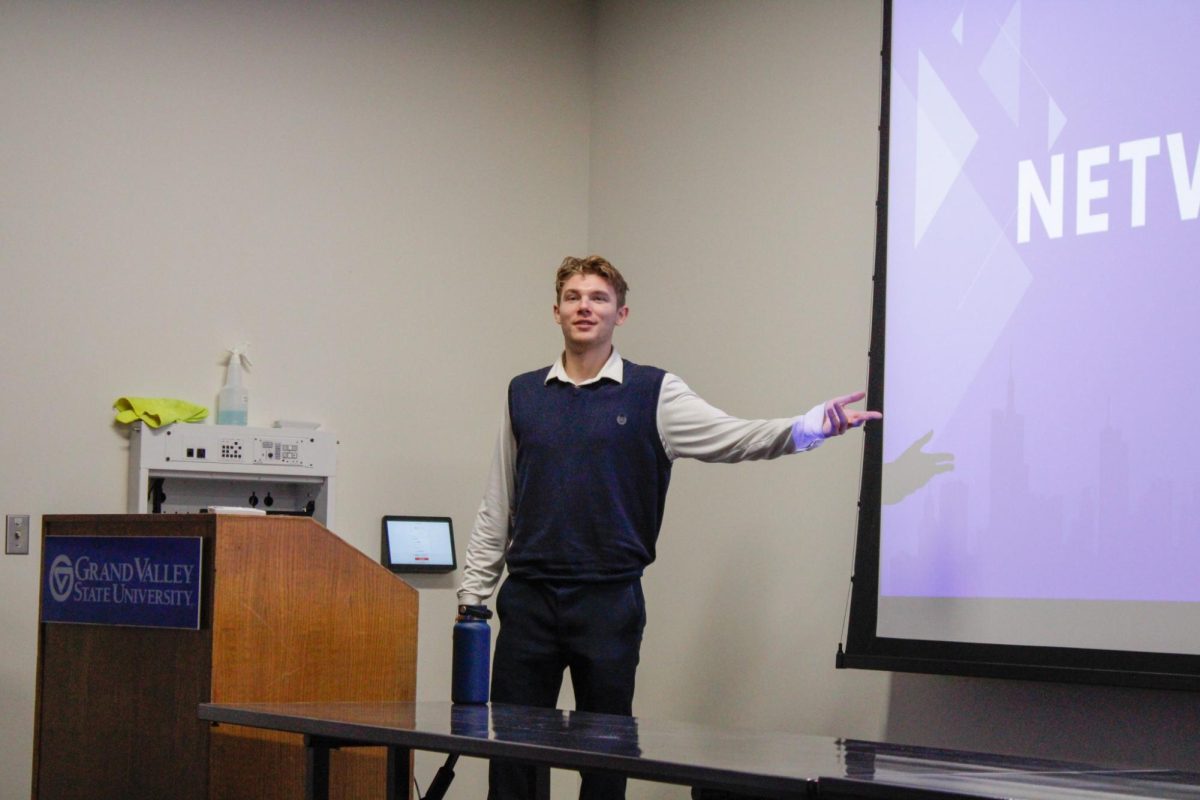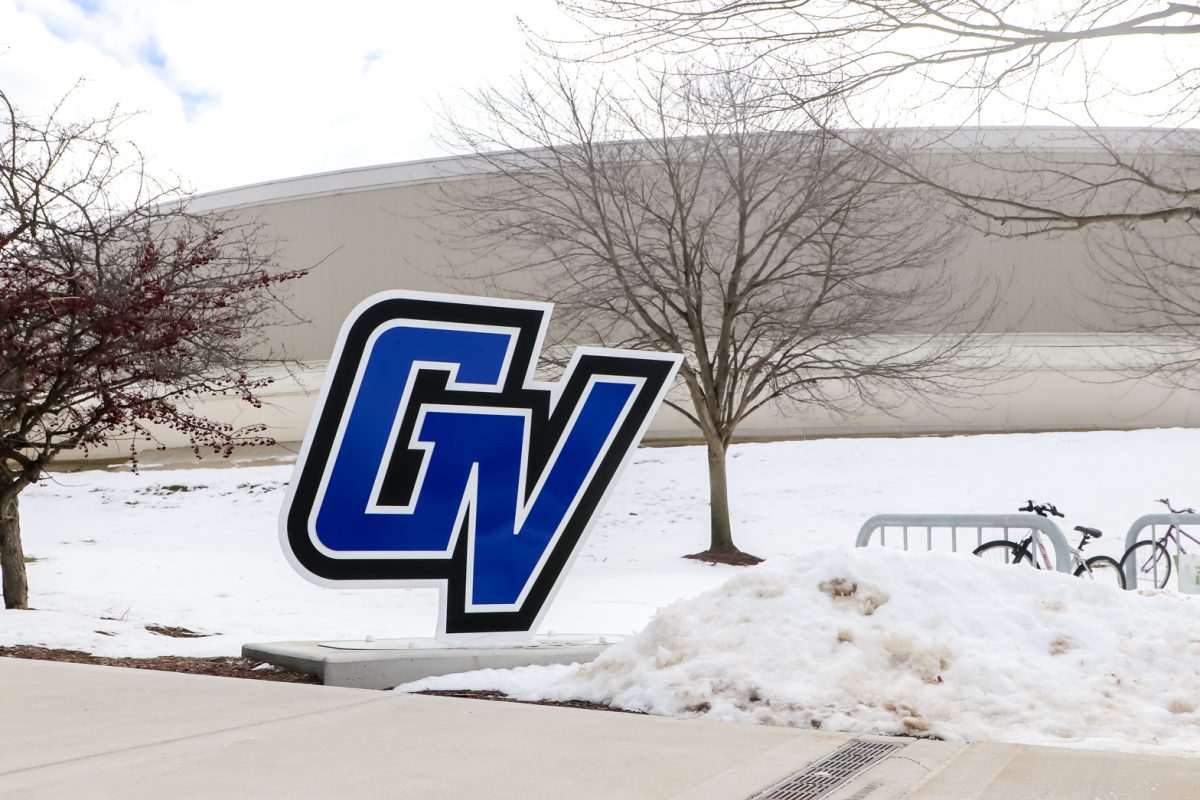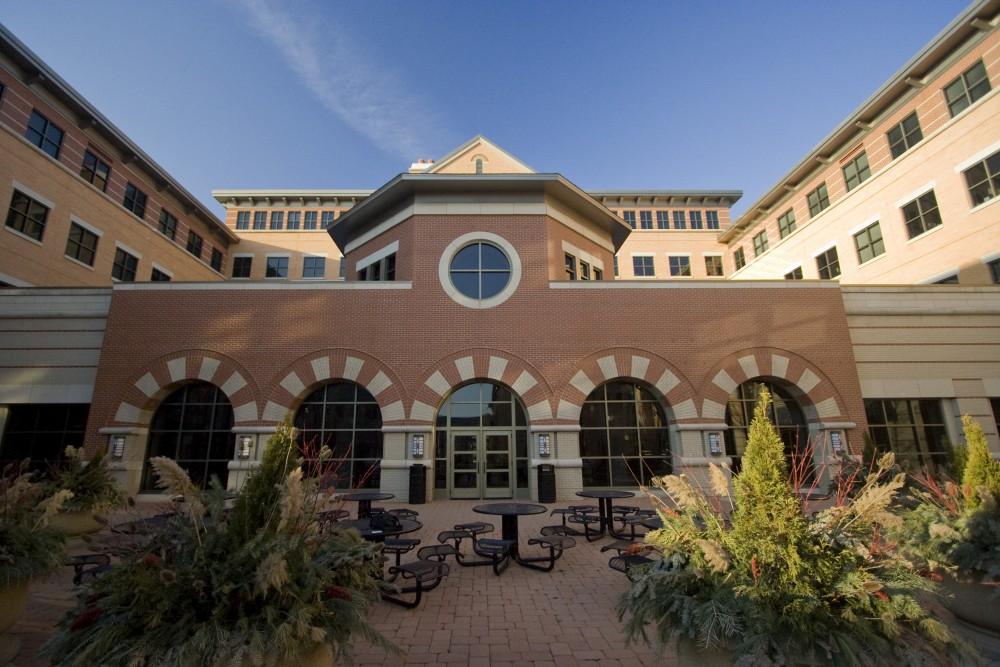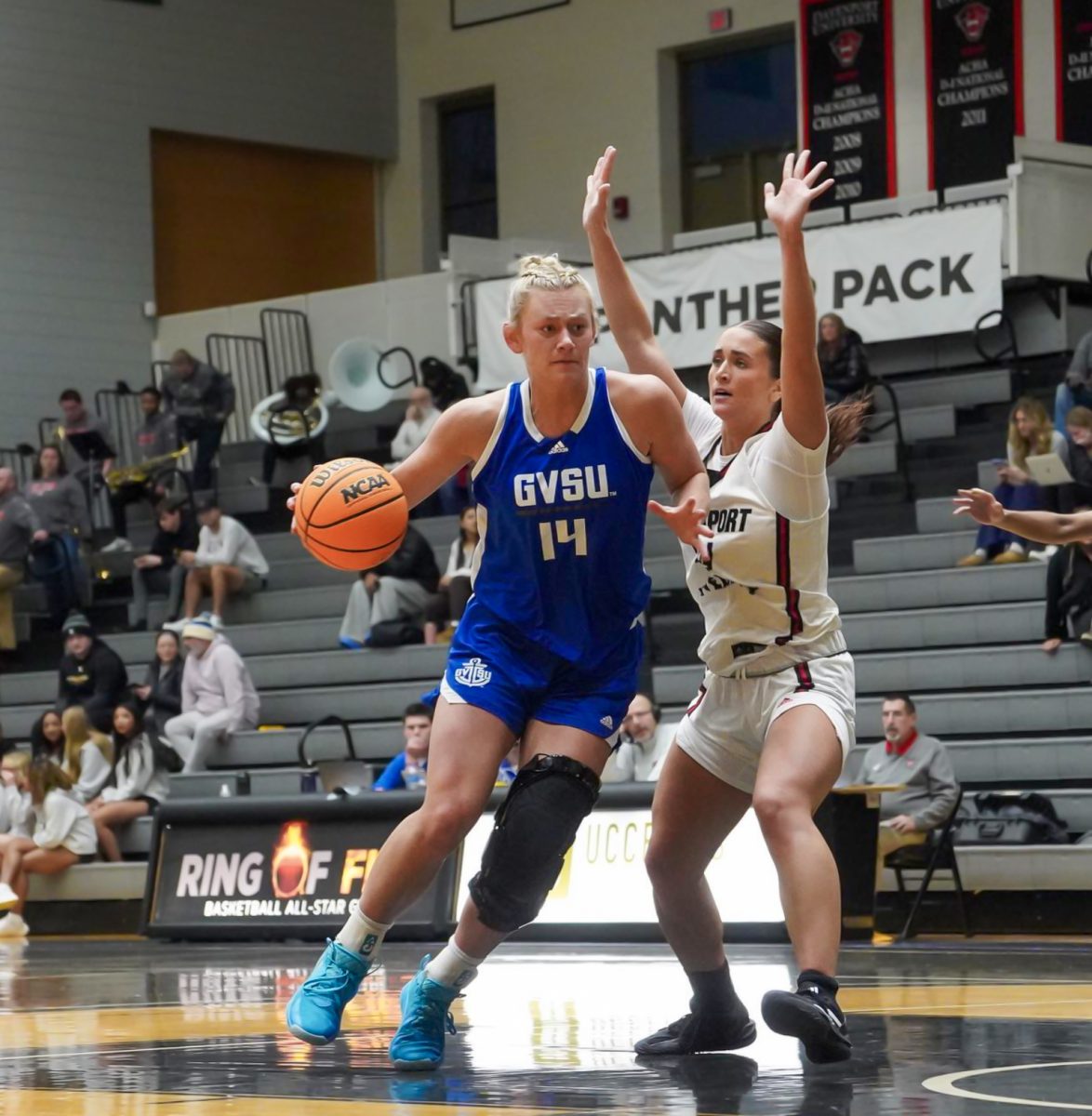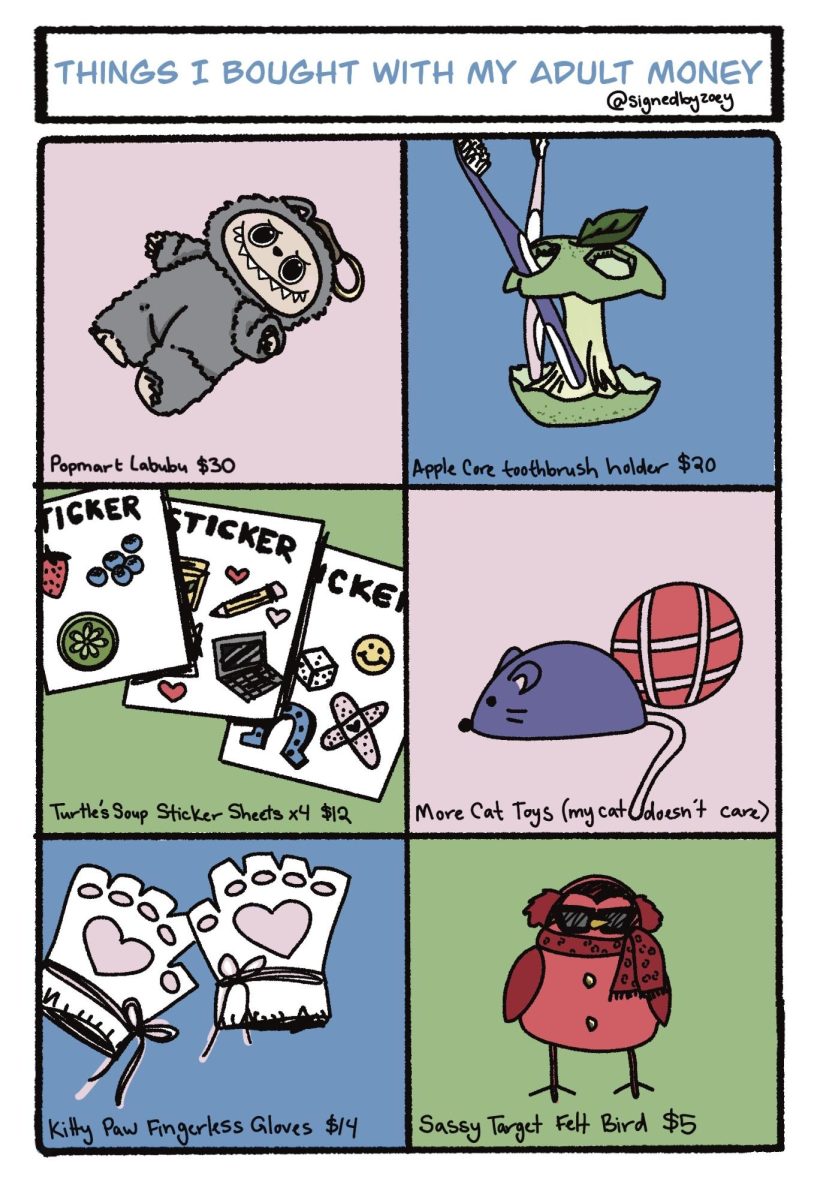While the city booms, homelessness continues to grow
Jan 27, 2020
Grand Rapids is a booming city experiencing rapid change, development and renovation. While the city is often recognized for its prosperity, it’s ultimately not booming for everyone. In 2018, 8,495 people in Kent County faced at least one episode of homelessness, according to the Grand Rapids Area Coalition to End Homelessness.
Two years later, homelessness in Grand Rapids has continued not only to exist, but to rise. Currently, Grand Rapids has more homeless individuals than other communities in West Michigan, such as Holland or Muskegon. While larger, metropolitan cities are more customary to homelessness by default, many other factors have contributed to the crisis in the city.
“I think one of the things that’s happened here in Grand Rapids over the last couple of years is that there has been a boom of growth,” said HQ Co-Founder and Executive Director Shandra Steininger. “If you drive around downtown, there is all sorts of apartment buildings, condos, and while most of us see that as good, that’s growth, there’s new people and new jobs, it has other ripple effects.”
These ripple effects include increased property tax and rental rates. When a new condo is built, for example, the property tax for the buildings around it increase.
“Somebody who has lived on the north side the last five years might not be able to afford to live there now because there’s this fancy condo next door that is raising all the rates,” Steininger said.
When rates increase and families can no longer afford to live downtown, they are pushed farther and farther outside of the city. Steininger said HQ is seeing this happen as less minors check into the space, even though schools and libraries are still reporting the same numbers of homeless students.
“Before, you might have been able to find a place you could afford still on the bus line in Grandville or Wyoming, but that is getting more and more challenging now,” Steininger said. “So there is a ripple effect of good things, but also there’s some negative outcomes too.”
Mel Trotter VP of Community Engagement and Advocacy Adrienne Goodstal said that affordable housing is a nation-wide barrier, but that Grand Rapids faces the barrier of equitable housing, too. In the last few years, the demographic of those who experience homelessness has shifted.
“We know that African American families and single individuals are experiencing homelessness at a greater rate than some of our white counter neighbors,” Goodstal said. “And so there is some inequitable access to housing.”
This is seen in data collected by HQ, in which they note 40 percent of Kent County residents are people of color, and people of color make up 70 percent of those HQ serves. These numbers signify a disparity and a flaw in the housing system.
Goodstal said unmet mental health needs is also an obstacle, especially in the single-woman population, which is one of the fastest growing homeless populations in Grand Rapids. This is dangerous, as unsafe and unstable housing can lead to other, more threatening issues, especially for women.
“One of the primary pathways into exploitation and trafficking is unsafe and unstable housing,” Steininger said. “So if you care about that, you really need to understand and get involved in housing.”
Ultimately, the solution to homelessness is housing, which is a nation-wide problem. However, in Grand Rapids, constituents can help by simply being aware and realizing that homelessness is a community-wide issue. Thus, it needs a community-wide solution.
“It truly does take a community to know, be engaged and be active and supportive of that effort,” said HQ Development Director Luke Petsch. “Whether that means looking for different ways to use your time to support organizations like us, or whether it informs how you chose to vote for supportive and inclusive individuals by where you cast your ballots and who we put into office locally.”
Steininger and Goodstal both stressed that homelessness is not an identity, but a situation.
“We are all, and I say this often, we are all just a paycheck away from becoming homeless or having a traumatic situation that happens in our lives — divorce, eviction, medical,” Goodstal said. “So just remember that people who are experiencing homelessness, that’s not who they are, that’s just happens to be the situation they’re in and it doesn’t make their identity.”
While Grand Rapids is a booming city with benefits for a lot of constituents, it’s important the community knowns that it’s not booming for everyone. There are over 15 homeless shelters in Grand Rapids alone, and a handful of other resources and organizations across the city, all of which are accepting of donations and volunteers.
“That’s always a question that I tend to ask when people talk about all the awards Grand Rapids wins and how this is ‘the best place to raise a family,’ or whatever the most recent thing is,” Goodstal said. “But for who? Which families is it the best for? If we want our community to truly thrive in the way in which we envision it to be, that means that everybody should have the opportunity to thrive.”








